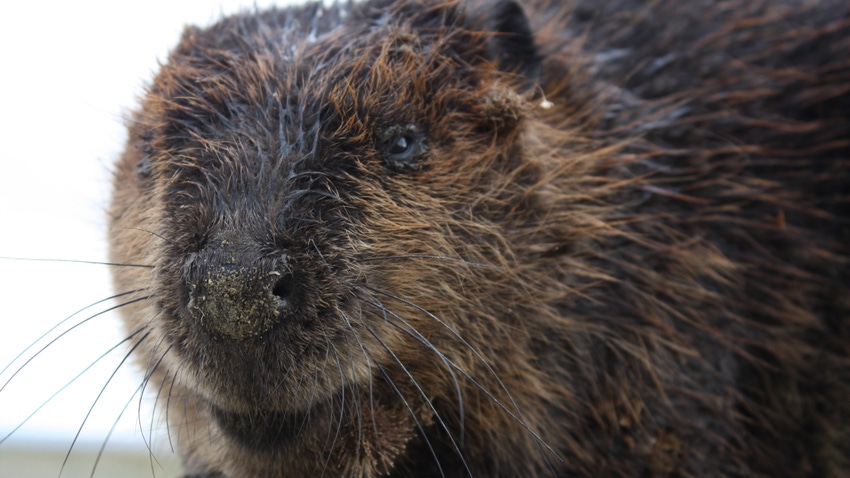January 12, 2024

The federal government last month announced new steps to utilize “nature-based solutions” (NbS) in its efforts to tackle the climate crisis.
According to the feds, NbS “use or mimic natural features or processes to improve biodiversity, strengthen resilience for disaster and hazard-risk management, support climate adaptation, and address carbon management to offset greenhouse gas emissions, while also benefiting both people and nature”.
That’s a lengthy definition, so it’s easy to understand why NbS means different things to different people. NbS recently funded by the Interior Department included projects like floodplain expansion and connection, fish passage development, and habitat repair.
NbS proponents in the Upper Colorado River Basin are promoting projects that “protect, restore or mimic natural water systems” by restoring high elevation headwaters, wet meadows, wetlands and floodplains.
That’s a slightly different take on NbS than what is being pushed in California. There, much has been made in the past year of the perceived supernatural engineering skills of one particular
NbS – beavers. The media – especially in the Bay Area – are really lapping this stuff up and think that reintroducing beavers (even in urban areas) is going to somehow help solve water challenges.
“California aims to tap beavers, once viewed as a nuisance, to help with water issues and wildfires” (AP), was just one of many such headlines we saw last July.
Do we really believe that a few beaver dams are going to prevent the infernos caused by dysfunctional, environmental litigation-driven forest management policies over the past 40 years?
Some recent media coverage has even applied the term “ecosystem engineers” to beavers.
Personally, I don't want any beavers "engineering" new "fire-proof" ponds, unless they happen to have engineering degrees from Oregon State University.
They are rodents, and they are unpredictable, as many Western ranchers familiar with beavers can tell you.
Real solutions
I do believe that the near extirpation by trapping of Western beavers had a fundamental impact on the regional ecology. However, the modern West is a much different place than it was in the early 19th century; the Colorado River alone now supplies 40 million people with water. Real solutions must blend anthropogenic approaches with nature.
For example, controlled flood irrigation undertaken by many upper watershed ranchers and water managers today mimics historic natural flooding patterns that the beavers once provided.
Flooding often yields better quality and quantity of hay production than other irrigation methods. Flood irrigated lands can also provide vital habitat for migratory birds, sustain floodplain function, and recharge aquifers.
There are good examples of “beaver dam analog” projects undertaken by Western ranchers. The best opportunities to implement these and other types of NBS on public land are to work with ranchers who have permits with the Forest Service / BLM to ensure their interests are addressed.
NbS proponents must be open to having frank conversations about “unintended impacts” of NbS projects, including flooding, debris, and rodent control.
That can best be accomplished by working with those who are intimately familiar with local watersheds - landowners and water managers.
[Dan Keppen is executive director of Family Farm Alliance.]
About the Author(s)
You May Also Like




